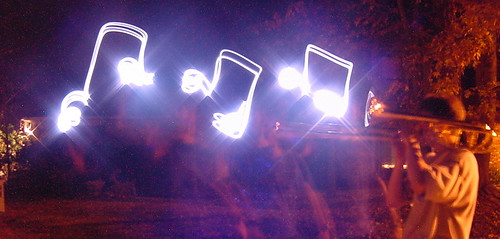The Winds of 2008
As I write this, I am listening to wind chimes — the long, tubular, metal kind that resonate with deep tones. The late December wind gusts occasionally escalate the usual mellow tones into a dissonant frenzy. I have become accustomed to hearing them, an indicator of the invisible, weather-changing winds coming across the lake. These same winds provide a climate early-warning system on the lake side of the house quite opposite the protected, oblivious side. The wind chimes help us avoid the complete shock of stepping out unprepared into the changing micro-climate. Fortunately, we can hear the chimes’ reminders inside the house and select our outerwear accordingly.
Late December also brings the annual rite of reflecting back on a year gone by. The winds of 2008 resonate with edgy, dissonant tones of wind chimes as a front comes through. Every newscast this week has commented on the changes: political, economic, military, societal, world…. the media wind chimes are truly in a frenzied state. But the optimist in me cannot help but hear the underlying mellow tones, tones that find occasional harmonious combinations or a counterpoint of difference that somehow fits together.
My hope is that the winds of upheaval which produce so much dissonance will also escort in a refreshing front of rethinking, a permission to look anew at everything, including the way we operate the processes we call Teaching and Learning. As someone who has been fortunate enough to have had almost entirely positive experiences with Teaching and Learning in my life, I want so much for others to feel the same winds. Even more, I wish them wind chimes of their own: an awareness that the winds ARE ushering in change. And change is not bad; you just need to put on the appropriate outerwear.
Happy New Year.


 Today I am listening to
Today I am listening to 

